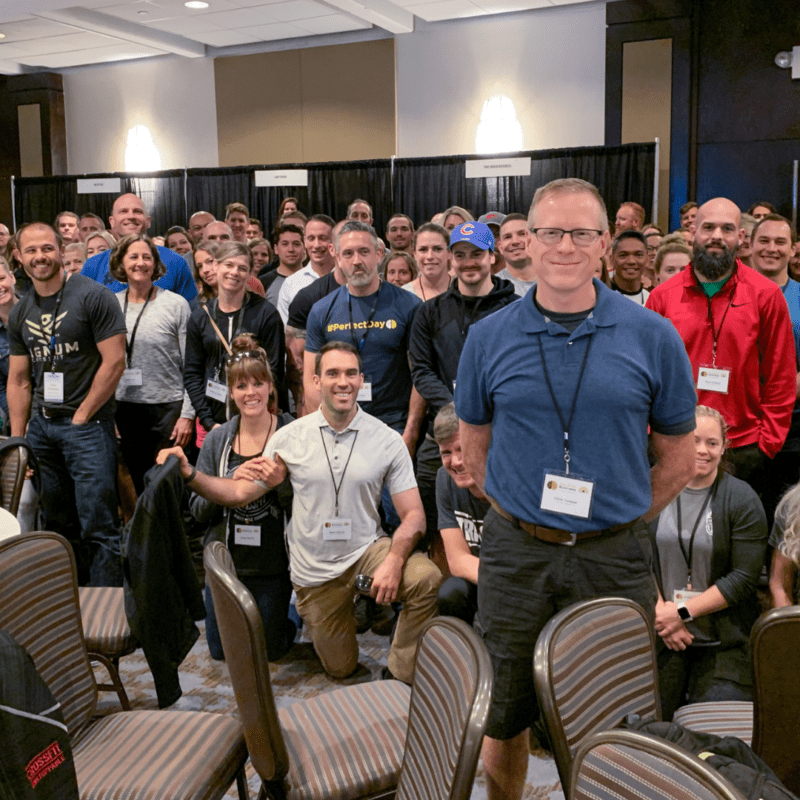It’s no secret that I worked on the CrossFit HQ Media team for years. I’m still an irregular contributor to the Journal on business-related ideas. My relationship with the Journal, the Hope team and Greg Glassman himself is too long for one letter, but here are the highlights, and how the conversation benefits you: In 2013, after serving as Regional Media Director (and helping with the CrossFit Community Page), Greg called my gym to ask if I’d meet him in Seattle. Of course, I flew out. After a long night at the Four Seasons, I met some of his friends for coffee at the original Starbucks. Sevan Metossian, Jimi Letchford, and Andy Stumpf were there for coffee, and they asked what kind of business advice I’d been giving gyms. Many readers will know that I was mentoring gyms for a website company at the time. The HQ staff asked what I was telling other gym owners–they were nervous, and rightly so. Other “consultants” had steered the community wrong before, in my opinion. I shared my views on mentors vs. consultants. They supported me (as they always do), but made it clear they couldn’t overtly endorse anyone as a CrossFit business expert. Late for my flight, I walked back to the hotel; made a handshake deal with Greg in the parking lot (my only ‘ask’ was for the chris@crossfit.com email address, which I still have) and flew home. The next big conversation about business came at the 2014 Games. I flew out to Carson hoping to meet with Jeff Glassman about my CrossFit Brain project. That, too, was supported by HQ (I was sent to chess matches and memory contests; and wrote several articles that were unpublished as the “big soda” campaign began to take shape.) But the trip was worthwhile because the conversation turned back to business–my true passion. During a long night in the bar at the Hilton with ...
Read More →
